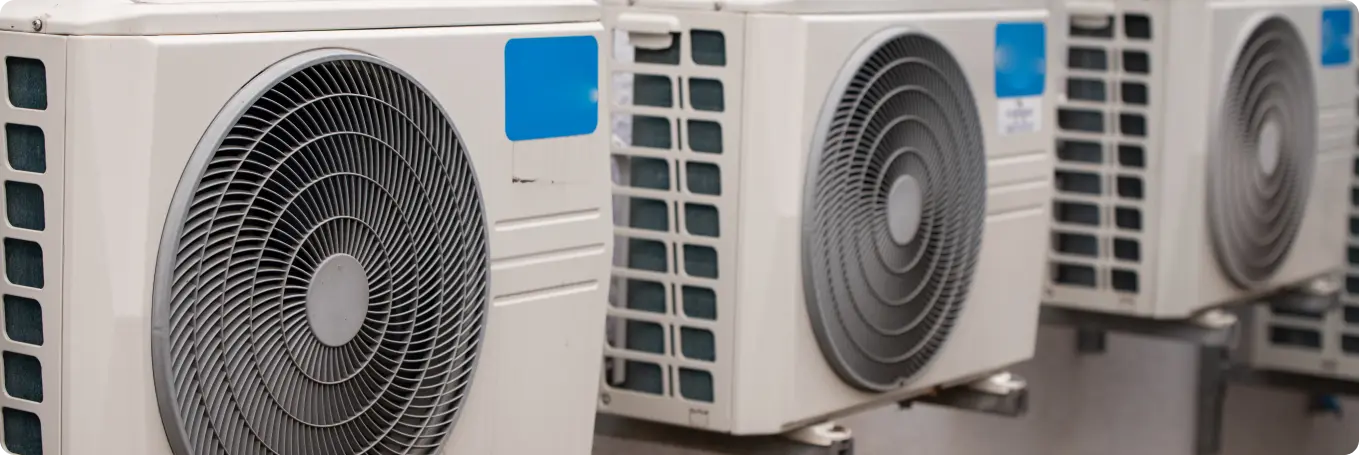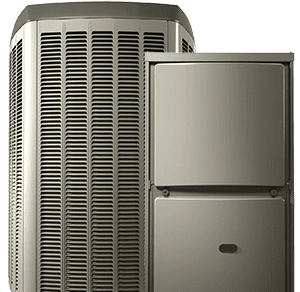Heat Pumps: A Guide to Modern Home Comfort in Edmonton and Surrounding Areas

Heat Pumps: A Guide to Modern Home Comfort in Edmonton and Surrounding Areas
Here in Canada, we’re no strangers to extreme weather. For homeowners in Edmonton and the Surrounding Areas, keeping our homes comfortable year-round is a top priority. While you have likely heard about furnaces and air conditioners , what if there was a single, highly efficient system that could both heat and cool your home?.
Enter the heat pump. It is a proven and reliable technology that is becoming increasingly popular for homeowners across Canada.
Core Technology: The Heat Pump System
Think of a heat pump as a heat transporter. It’s a versatile HVAC system that can move heat from one place to another. The best part? Because heat pumps move heat rather than generate it, they are incredibly energy-efficient. This means you can enjoy a comfortable home while also saving money on your energy bills and reducing your carbon footprint.
Operational Modes: Heating and Cooling
The magic behind a heat pump lies in its ability to reverse the flow of refrigerant, a special fluid that absorbs and releases heat.
Heating Mode (For Winter): During the winter, the system pulls heat from the outside air (yes, even when it’s cold!) and moves it inside your home to keep you warm.
- Absorbing Heat: The outdoor unit’s fan blows cold outdoor air over the coil, and the refrigerant inside the coil absorbs this heat.
- Compression: The now-gaseous refrigerant is passed through a compressor. This increases the pressure of the refrigerant, which in turn significantly increases its temperature.
- Releasing Heat: This hot, pressurized refrigerant is then pumped to the indoor unit. As the indoor fan blows air over the indoor coil, the heat from the refrigerant is transferred to the air, which is then circulated throughout your home, warming you up.
Cooling Mode (For Summer): To cool your home, the heat pump simply reverses this process. A key component called the reversing valve changes the direction of the refrigerant flow.
- Absorbing Indoor Heat: The indoor unit’s coil now acts as the evaporator. The cool refrigerant flows through this coil, and as your indoor air is blown over it, the refrigerant absorbs the heat from the air. This process also naturally dehumidifies the air, leaving your home feeling cool and fresh.
- Moving Heat Outside: The now-warm refrigerant is pumped to the outdoor unit.
- Releasing Heat Outdoors: The outdoor unit’s coil acts as the condenser. The fan in the outdoor unit blows air over the coil, and the heat from the refrigerant is released into the outdoor air.
Performance in Cold Climates: A Note for Edmonton Residents
Can a heat pump handle brutal Edmonton winters? This is a question we get a lot, and the answer is a resounding yes!. There’s a common misconception that heat pumps are only suitable for milder climates. While that may have been true of older models, today’s cold-climate heat pumps are specifically designed to handle the rigors of a Canadian winter. These advanced systems can operate efficiently in temperatures as low as -30°C.
For those few days a year when the temperature dips into extreme lows, many homeowners opt for a dual-fuel system. This pairs a heat pump with a high-efficiency furnace. The heat pump will handle the vast majority of your heating and cooling needs, and the furnace will automatically kick in as a supplementary heat source only when it’s absolutely needed. This ensures you stay warm and comfortable, no matter what Mother Nature throws our way.
If you’re looking for a versatile, energy-efficient, and environmentally friendly way to keep your home comfortable all year long, a heat pump is an excellent choice. At Romaniuk, we’re experts in heat pump installation and service. Our friendly and knowledgeable team can help you determine the right size and type of heat pump for your home and answer any other questions you may have.
Contact us today for a free, no-obligation consultation.
